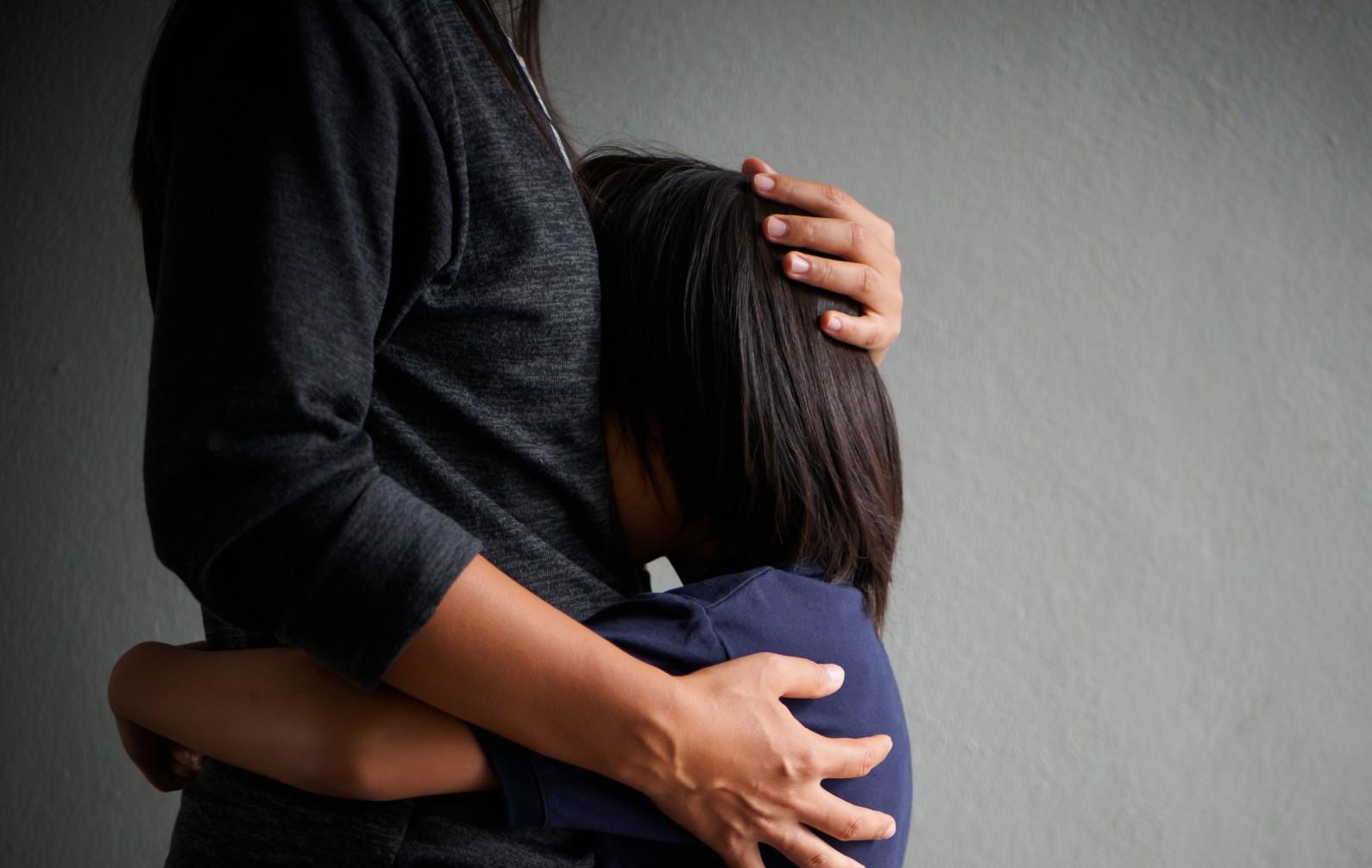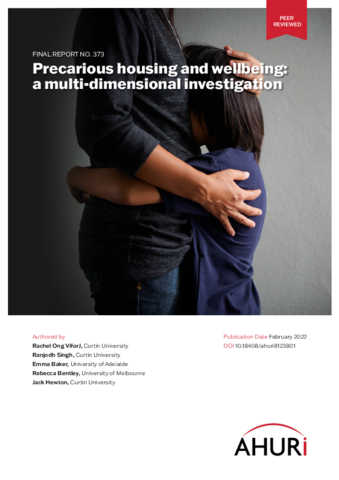This research examines how the bi-directional relationship between housing precariousness and wellbeing varies across population subgroups and over time; sheds light on the dimensions of housing precariousness that affect wellbeing, and vice versa; and considers how policy interventions to effectively minimise negative impacts of precarious housing on wellbeing.
Wellbeing is a critical and internationally recognised yardstick of societal progress and policy impact, putting individuals at the centre of evaluation. Precarious housing includes household-based conditions such as forced moves and living in unaffordable housing or overcrowded housing, and area-based precarious housing conditions, such as living in an area of relative socio-economic disadvantage or in a higher crime area.
Singles, households with no children, low-income households, private renters and residents of major cities have lower wellbeing when precariously housed compared to when they are not precariously housed.
Young people are more likely to fall into or remain in precarious housing than older people. Among the 25–34-years age band, 19 per cent fall into precarious housing and 24 per cent stay in precarious housing from year to year. On the other hand, only 4 per cent of the 65+ years age group fall into precarious housing and just 12 per cent stay in precarious housing from year to year.
Unaffordable housing—ranging from an average incidence of 6 per cent to 8 per cent over the study timeframe—is a more common form of housing precariousness than forced moves and overcrowding. The experience of physical violence is a key driver that precipitates a fall into precarious housing or extends a spell of precarious housing.


